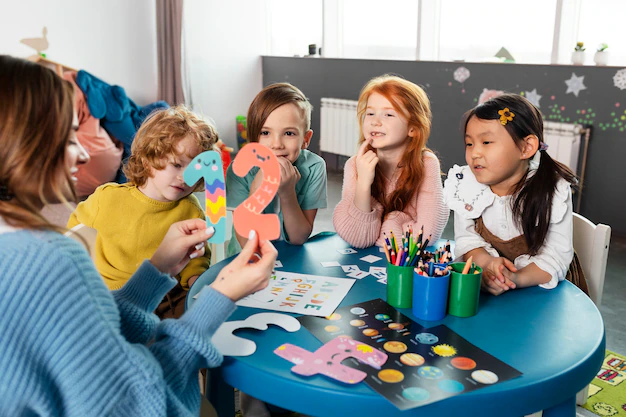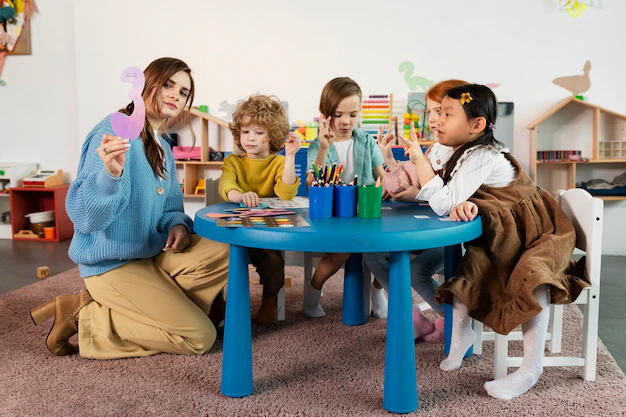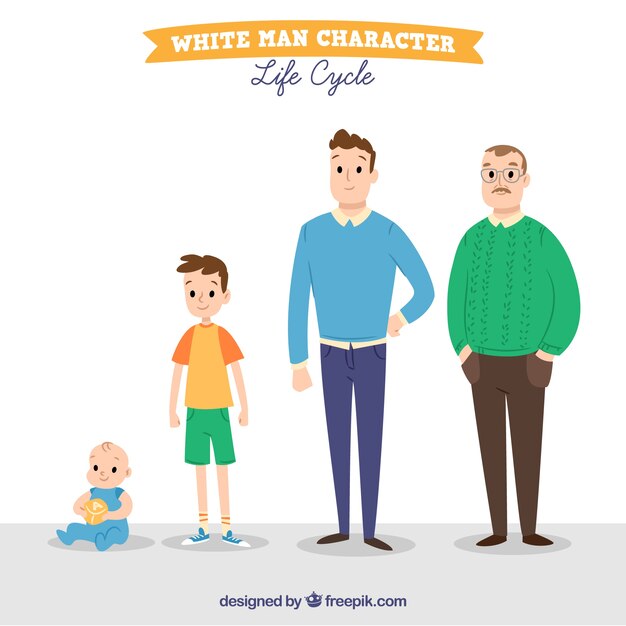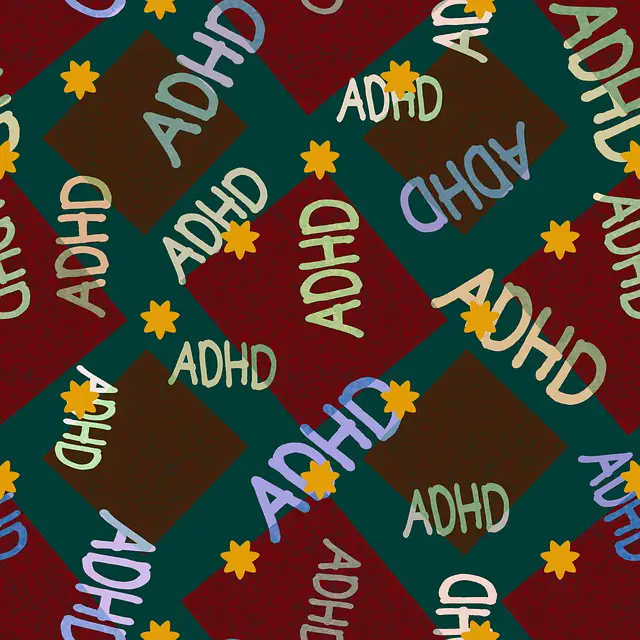Empowering Children’s Learning: Strategies for Teachers
As educators, teachers hold a profound responsibility in nurturing the diverse learning needs and potentials of their students. Employing various strategies and approaches can create an environment that supports individual growth and academic success. Here, we delve into effective methodologies teachers can employ, accompanied by a summarized table highlighting these key strategies.

Strategies for Supporting Children’s Learning Needs:
| Strategy | Description |
|---|---|
| Individualized Learning Plans (ILPs) | Tailoring learning plans based on students’ strengths, weaknesses, and interests to cater to their specific needs. |
| Differentiated Instruction | Utilizing diverse teaching methods and resources to accommodate various learning styles within the classroom, such as visual aids, group discussions, and hands-on activities. |
| Cultivating a Growth Mindset | Encouraging students to focus on effort, perseverance, and learning from mistakes to foster a belief in the power of dedication and resilience. |
| Creating Inclusive Environments | Incorporating diverse perspectives into the curriculum and celebrating cultural differences to create a safe and respectful learning space for all students. |
| Providing Constructive Feedback | Offering specific and actionable feedback to help students understand their strengths and areas for improvement, fostering continuous growth. |
| Promoting Self-Reflection and Goal Setting | Guiding students in reflecting on their progress and setting personal goals, encouraging autonomy and self-awareness in their learning journey. |
These strategies form the cornerstone of a teacher’s arsenal in addressing the multifaceted needs of their students. Individualized Learning Plans (ILPs) are tailored roadmaps that educators design to accommodate diverse learning paces, preferences, and challenges that students may face. Through Differentiated Instruction, teachers employ various teaching methods to engage students of different learning styles effectively.
A key aspect of a teacher’s role is cultivating a Growth Mindset, encouraging students to embrace challenges and learn from failures, emphasizing effort over innate abilities. By fostering an inclusive environment, teachers create classrooms that respect and celebrate diversity, fostering a sense of belonging among students.
Constructive feedback becomes a powerful tool in guiding students towards improvement by pinpointing areas for growth while acknowledging strengths. Moreover, promoting self-reflection and goal setting empowers students to take ownership of their learning journey, instilling a sense of responsibility and self-awareness.
In conclusion, these strategies equip teachers with the tools necessary to create dynamic, engaging, and inclusive classrooms. By embracing these methodologies, educators can effectively cater to the unique needs of each student, fostering a conducive environment where children can thrive academically, emotionally, and socially.







